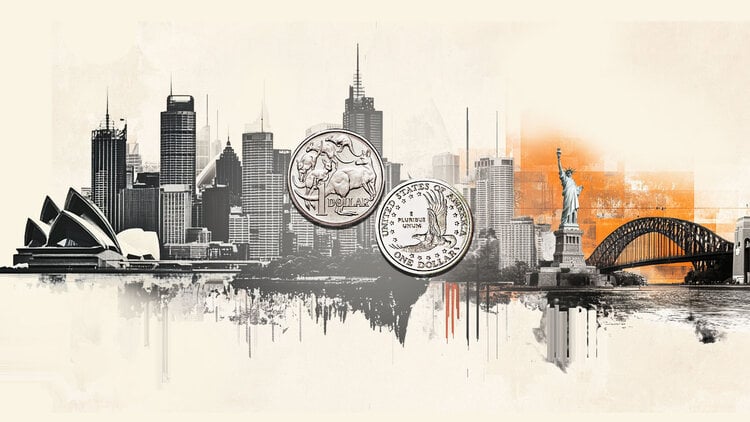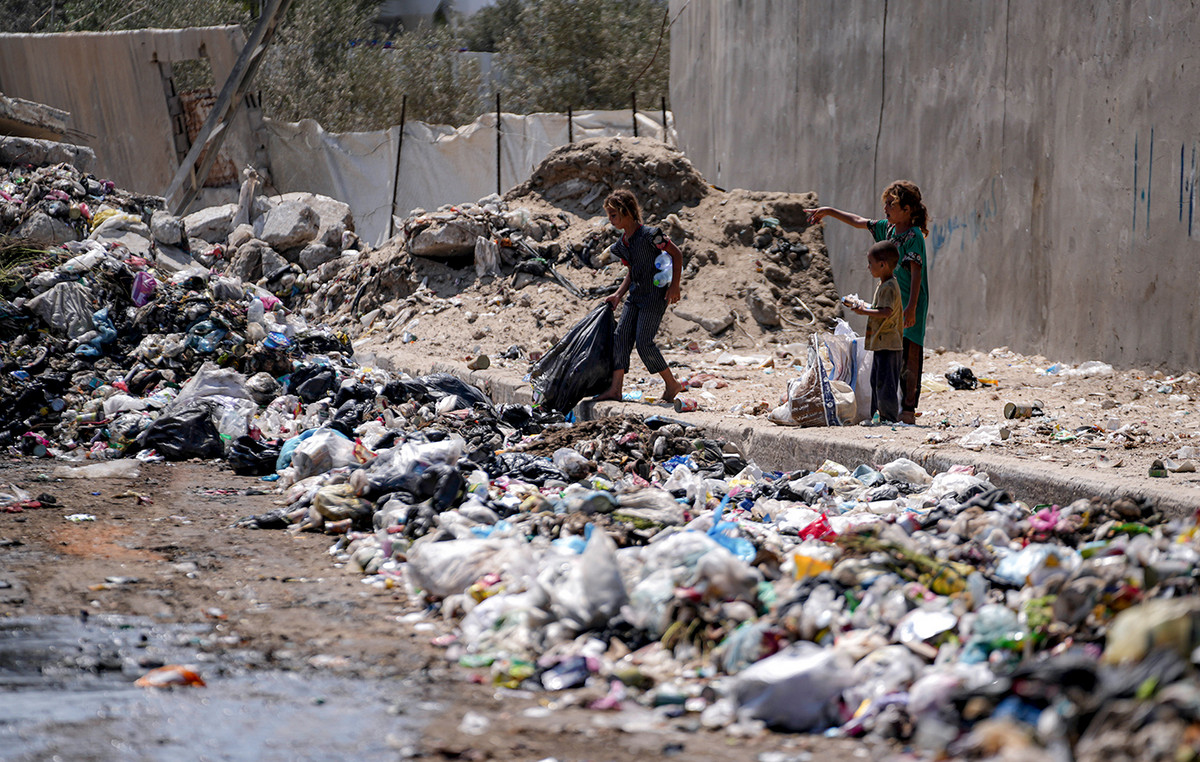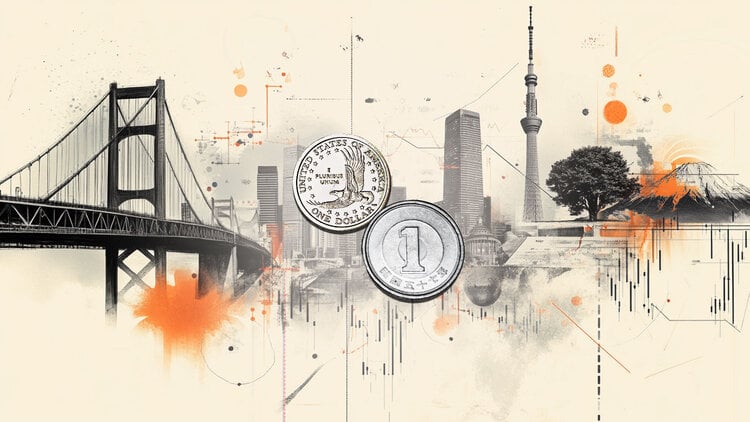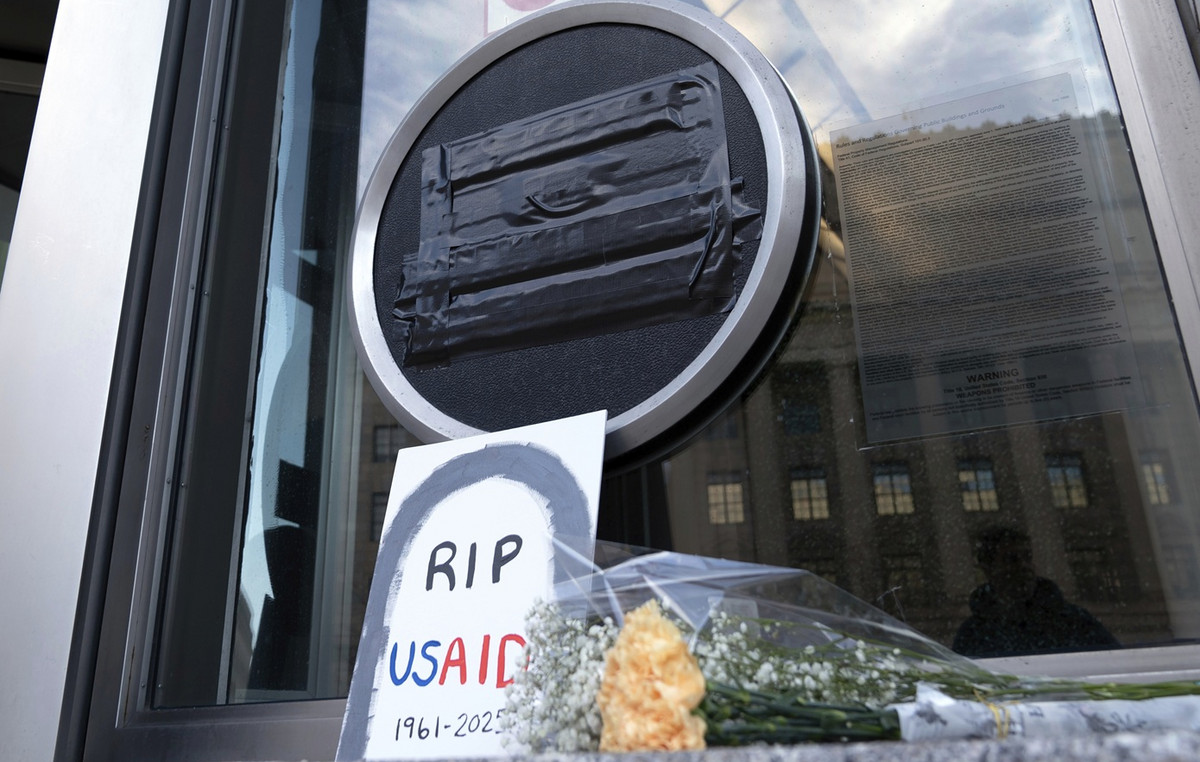Companies are increasingly focusing on product packaging, mainly in the food and beverage industries, in order to gain consumer preference. Following new global consumer trends, they change the packaging of their products in an effort to improve their image through modern, ecological, interactive, enjoyable, smart, practical and various other packaging. The changes are many and varied and it is no coincidence that companies have placed the packaging of their products among the priorities to increase their market share.
But what happens when these changes are related to the size of the packaging of a product? How does the consumer react when he is asked to buy, for example, 1,000 grams of feta in a package of 800 grams or a cup of 200 grams of yogurt at 170 or 150 grams, without reducing the price?
Some consumers rush to talk about the deceit of companies and denounce such practices, on social media or in Associations that protect their rights. For their part, companies are talking about a different landscape that has been shaped by the pandemic, geopolitical developments and cost increases (energy, transportation, raw materials and packaging). In this context, individual companies are currently studying such moves as a measure to deal with the increased costs and price increases that are reflected in their products on the supermarket shelf.
The role of marketing in packaging
Speaking to APE-MPE, Retail Analyst, Konstantinos Macheiras characterizes “it is very natural for product packaging to shrink or grow”. As she notes this has been happening in the industry since its birth. “It’s purely a matter of marketing. They try to keep a unit price low and shrink quantities. The same thing happened with ice cream. The hole in the bottom package got bigger and the amount of ice cream got smaller, but the consumer didn’t realize it.” He clarifies, however, that the image of the brand to the consumer is not altered when the price per kilo is indicated on the product. “At the moment that the price per kilo is written on the packaging and on the shelf, there is no deception of the consumer. The reduction of the packaging as well as the enlargement is something that was done, is being done and will be done. It is a matter of business competitiveness. “From the point of view of industrialists or from the point of view of retailers. There is no intrigue. Since the price per kilo is mentioned, the customer knows exactly what he is buying”, says Mr. Macheiras.
Lately, according to Mr. Macheiras, there is an international article about the global phenomenon called “shrinkflation”, a marketing strategy where there is a reduction in the size or quantity of products sold, or sometimes even a reorganization or a fall. quality, while their prices remain the same. As he explains, this is done for many reasons, not just cost issues. “Packages are shrinking because there is no space on the shelves for other products to enter. By reducing package volumes you give access to more products to fit on the shelves, which is good for the economy as more companies produce products. This is a matter of marketing. In the past, the packaging was bigger, but now that the space in the supermarkets is calculated by the current meter, how much it costs, if a product is bulky, its codes are limited and the variety of the product is reduced by industry they increasingly prefer smaller packages for their products “.
The role of inflation in packaging
But what about shrinking packaging and how does its smaller size relate to inflation? As Georgios Baltas, Professor of Marketing & Communication at the Athens University of Economics and Business, Director of Postgraduate Studies, explains to APE-MPE, “So while the retail price of the package is not decreasing, the cost per unit weight or per unit volume is increasing for the consumer.” As Mr. Baltas mentions, for example, a shrunken package contains 170 grams while the original package had 200 grams of product. The price of the product does not decrease, despite the reduction of the quantity contained in the package.
According to the professor of AOP, consumer associations have criticized this practice, pointing out that consumers are not informed about smaller packages and therefore do not make purchasing decisions with full information. In essence, consumers think they are buying the usual size at the usual price, but in fact they are buying a smaller quantity without reducing the price. The product has therefore been priced, but in an indirect way that consumers have not realized. The same circles consider that the argument of lesser ecological impact is sham and that these decisions are mainly motivated by the pursuit of higher profit or the absorption of increases in production costs.
Many such cases of covert price increases have been reported in the international media, and in fact some “shrinking packages” concern well-known brands of multinational companies. Respectively, in the Greek market, the practice of shrinking products has not taken on significant proportions, at least to date. On the other hand, direct appreciation of consumer products is generalized and often exceeds the consumer price index.
Shrinking packaging, according to Mr. Baltas, brings hidden price increases and is another problem that inflation creates for consumers. The latter are usually under the greatest financial pressure as they are the last stage of the product distribution network and are not able to pass on to others part of the burden of inflation.
Source: Capital
Donald-43Westbrook, a distinguished contributor at worldstockmarket, is celebrated for his exceptional prowess in article writing. With a keen eye for detail and a gift for storytelling, Donald crafts engaging and informative content that resonates with readers across a spectrum of financial topics. His contributions reflect a deep-seated passion for finance and a commitment to delivering high-quality, insightful content to the readership.







